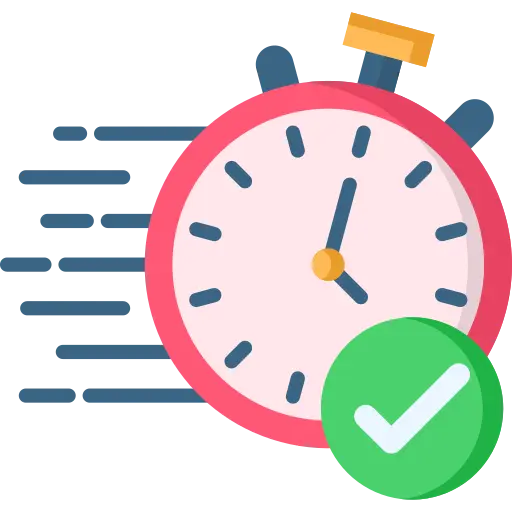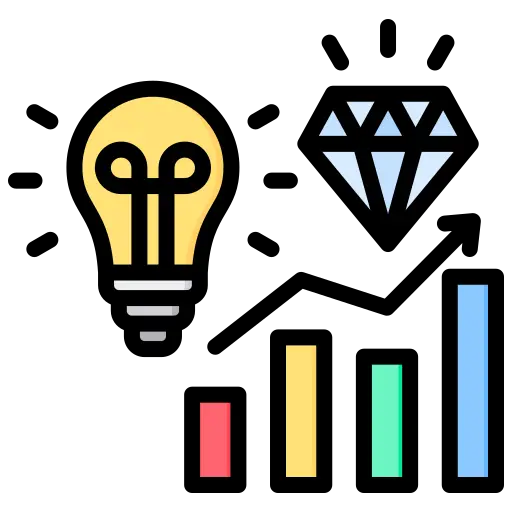Business Analytics is the practice of using data analysis and statistical methods to understand and drive business decision-making. It involves collecting, processing, and interpreting data to gain insights into business performance, identify trends, and forecast future outcomes. Business analytics combines techniques from data mining, statistical analysis, and predictive modeling to help businesses make data-driven decisions that can improve efficiency, increase profits, and provide a competitive edge. It’s widely used in areas such as marketing, finance, operations, and customer service, and can help organizations optimize processes, manage risks, and respond proactively to changes in the market.
Business Analytics Tools

Tableau

Zoho Analytics

Microsoft Power BI
Features of Business Analytics

Personalized Experiences

Improved Product and Service Quality

Faster Response Times

Enhanced Customer Support

Better Decision-Making

Increased Transparency

Proactive Issue Resolution

Consistent Value and Innovation
Our Process
Data Collection
Data Analysis and Exploration
Modeling and Insights Generation
Reporting and Decision Support
FAQ
We're here to answer all your questions.
If you're new to OvertNexus or aiming to enhance your current setup, this section will introduce you to our platform and its robust features. Whether you're just beginning or seeking to optimize your existing stack
A successful business analyst needs a strong foundation in statistics, mathematics, and computer science, along with excellent problem-solving, communication, and critical thinking skills. Proficiency in data analysis tools like Python, R, SQL, and Excel is also essential.
Business analytics provides data-driven insights that can help organizations make more informed and effective decisions. By identifying trends, patterns, and correlations within data, businesses can optimize operations, reduce costs, and improve customer satisfaction.
Business analytics uses data to make informed decisions. It helps businesses improve operations, reduce costs, and increase revenue by analyzing data and identifying trends and patterns.
Got any more questions?
Get in touch